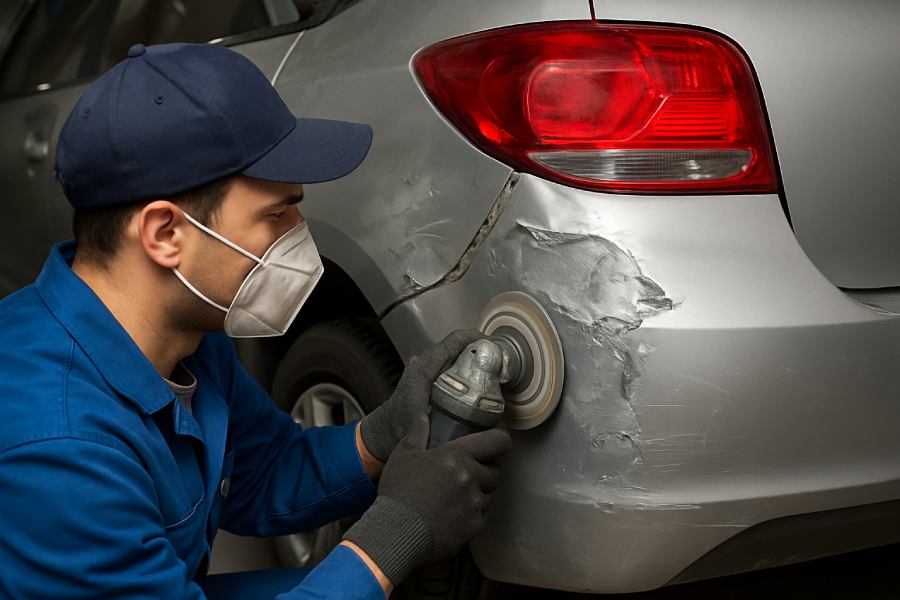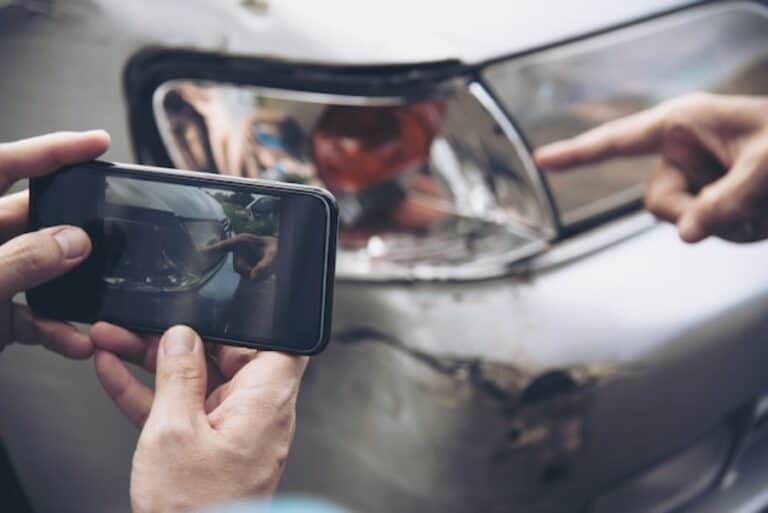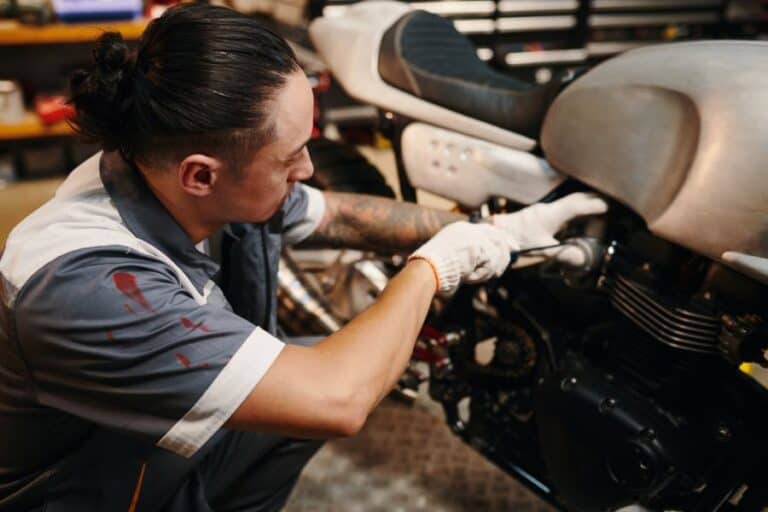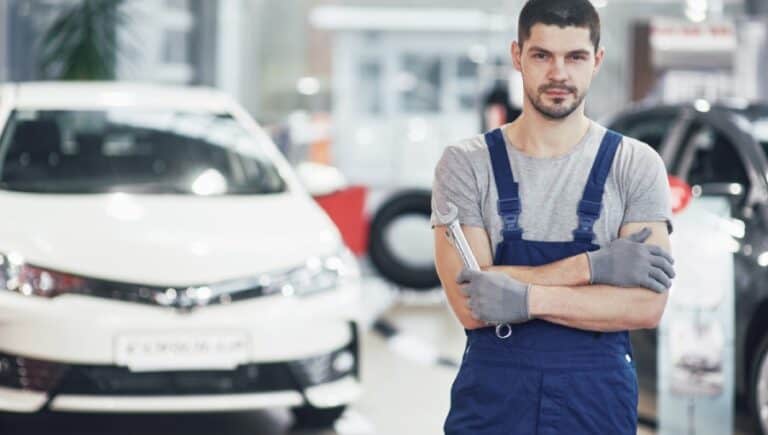Modern Collision Repair Techniques: Blending Technology With Craftsmanship
In today’s fast-evolving automotive world, collision repair has moved far beyond basic dent removal and paint touch-ups. Modern vehicles feature advanced materials, sensors, and computerized systems, requiring repair shops to combine cutting-edge technology with expert craftsmanship. This integration ensures vehicles are restored not only to their original appearance but also to optimal safety and performance standards.
Understanding the Evolution of Collision Repair
The evolution of collision repair reflects the growing sophistication of modern vehicles. Today’s auto repair goes beyond fixing dents and applying new paint—it demands expertise in automotive engineering, digital diagnostics, and precision restoration techniques. Technicians now use computerized systems to detect hidden damage and laser measuring tools to ensure exact frame alignment.

Advanced repair methods also emphasize sustainability and innovation. Eco-friendly paint systems provide flawless finishes while reducing environmental impact, and specialized techniques are used to restore materials such as aluminum, carbon fiber, and high-strength steel. Through technology-driven processes, modern repair shops deliver greater accuracy, efficiency, and safety with every restoration.
Advanced Diagnostic and Scanning Tools
A major advancement in collision repair is the introduction of digital diagnostic technology. Today’s vehicles are equipped with intricate computerized systems that manage essential functions, such as braking and steering. Even minor accidents can result in malfunctions within these systems.
- Identifies electronic errors and potential hidden sensor problems.
- Recalibrates Advanced Driver Assistance Systems (ADAS) for features like lane-keeping, adaptive cruise control, and collision prevention.
- Retrieves manufacturer-specific repair data for accurate guidelines and adherence to safety standards.
- Verifies the integrity of airbags and restraint systems.
In the absence of these diagnostic tools, cars may appear to be repaired on the surface but could still pose safety risks beneath.
Precision Frame Straightening with Laser Technology
The chassis forms the backbone of a vehicle, and even minor misalignment or damage can compromise its safety and performance. Today’s repair shops rely on advanced techniques like paintless dent repair (PDR) for seamless body panel restoration, alongside laser-guided systems and computerized alignment tools, replacing outdated manual methods to deliver precise, reliable, and often faster results without the need for repainting or fillers.

The Role of Laser Technology in Frame Alignment
Detecting Hidden Deformations
Laser-guided systems can identify minute structural distortions invisible to the human eye. These precise measurements ensure that every correction aligns perfectly with manufacturer specifications, restoring the vehicle’s original geometry.
Achieving Structural Accuracy
Advanced hydraulic equipment works in tandem with computerized measurements to apply exact pressure where needed. This process guarantees accurate structural corrections, minimizing errors and enhancing the overall stability of the chassis.
Ensuring Repair Quality
Every repair is accompanied by digital documentation, providing detailed proof of alignment accuracy and repair quality. This transparency not only supports quality control but also reinforces customer trust.
Restoring Confidence and Safety
Through the integration of laser technology, technicians can achieve unparalleled accuracy in frame straightening. The result is a fully restored vehicle structure that meets factory standards—ensuring both optimal performance and driver safety.
Aluminum and Composite Material Repairs
As manufacturers work towards creating lighter designs for better fuel economy and performance, materials such as aluminum and carbon fiber are gaining prominence. However, fixing these materials requires unique tools, skills, and methods.

- Specialized repair areas for aluminum to avoid contamination with steel.
- Use of riveting and bonding methods in place of conventional welding.
- Adoption of vacuum-assisted curing processes for carbon fiber repairs.
- Implementation of heat management procedures to preserve structural strength.
Expertise in these techniques guarantees that modern vehicles retain their durability and efficiency even after collision repairs.
ADAS Calibration: Ensuring Safety Beyond the Surface
The Importance of ADAS Calibration After Vehicle Repairs
Advanced Driver Assistance Systems (ADAS) play a crucial role in enhancing road safety; however, even minor collisions can misalign their sensors or cameras, affecting overall system performance. Modern repair shops now feature specialized calibration zones equipped with advanced technology to restore these systems with precision.
Key ADAS Calibration Processes
- Radar Adjustment: Fine-tuning radar systems for accurate adaptive cruise control functionalities.
- Camera Recalibration: Aligning cameras to ensure proper functioning of lane departure alerts and parking assistance systems.
Sensor Testing: Evaluating ultrasonic sensors to maintain accuracy in proximity alerts and automatic braking responses. - Post-Calibration Assessment: Performing test drives and system diagnostics to confirm optimal ADAS performance.
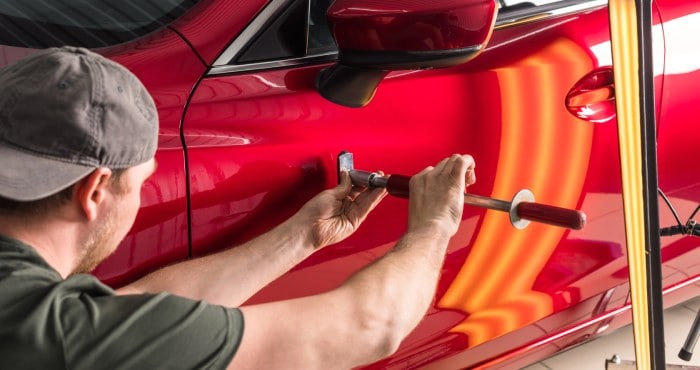
Ensuring Safety Through Precision
Accurate ADAS calibration is essential to guarantee that a vehicle’s safety features operate as intended. Proper recalibration not only restores system integrity but also ensures the continued protection of drivers and passengers after a repair.
3D Printing and Smart Materials in Collision Repair
One of the most groundbreaking advancements in today’s collision repair industry is the emergence of 3D printing and intelligent materials. These innovations have transformed the accessibility and personalization of replacement components.
With 3D printing, repair shops can swiftly and affordably create elusive parts. Intelligent materials that possess self-repair capabilities can automatically mend small scratches or dents. Additionally, rapid prototyping gives technicians the opportunity to fit-test parts prior to installation. This reduces downtime significantly, since components can be made on-site instead of waiting for deliveries from manufacturers.
The Role of Skilled Technicians and Continuous Training
- Skill Meets Technology: Proficient technicians fuse practical knowledge with digital education for accurate repairs.
- Manufacturer Specifications: Remain informed about the latest repair guidelines and certifications from original equipment manufacturers(OEMs).
- Automotive Electronics: Grasp contemporary vehicle systems for precise diagnostics.
- Digital Simulations: Employ virtual tools to enhance repair skills in a secure environment.
- Ongoing Education: Regular training ensures skills remain up-to-date.
- Artistry + Advancement: Merge classic craftsmanship with technological advancements for optimal outcomes.
The Future of Collision Repair
The advancement of vehicles featuring electric engines, AI diagnostics, and self-driving capabilities is set to make collision repair increasingly reliant on technology. The future of repair shops will be influenced by sustainability, automation, and digital innovation.
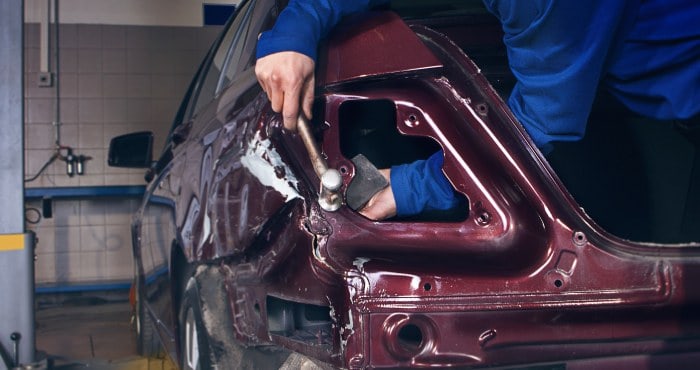
- Image recognition technology for AI-enhanced damage evaluation.
- Robotic systems for quicker and more accurate paint application.
- Augmented reality (AR) tools for training technicians and visualizing repairs.
- Environmentally friendly practices that focus on recyclable materials and lower energy usage.
Final Thoughts
Contemporary vehicle repair extends beyond merely mending damages; it emphasizes the enhancement of performance, safety, and aesthetics through cutting-edge techniques like dent repair. Whether utilizing traditional body filler methods or modern paintless dent repair (PDR), skilled technicians seamlessly restore panels to their original contours.
By integrating advanced technology—such as laser measuring systems, computerized frame alignment, and precision dent removal tools—with expert craftsmanship, today’s repair specialists ensure vehicles leave the shop structurally sound, perfectly aligned, safe to drive, and visually flawless, often appearing as though they just rolled off the assembly line.

